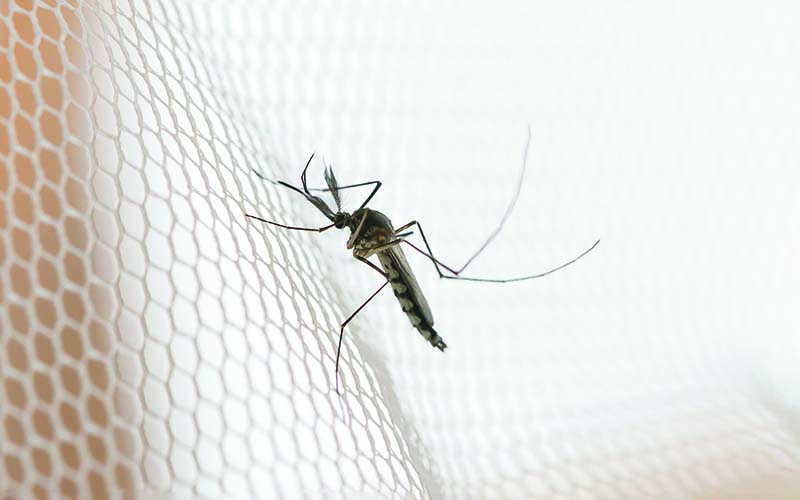Search
Research
Severe outcomes of malaria in children under time-varying exposureIn malaria epidemiology, interpolation frameworks based on available observations are critical for policy decisions and interpreting disease burden. Updating our understanding of the empirical evidence across different populations, settings, and timeframes is crucial to improving inference for supporting public health.

Global efforts led by The Kids Research Institute Australia’s Child Health Analytics program will see nations impacted by high rates of malaria empowered to develop their own controls and solutions.
Research
Estimating the potential malaria morbidity and mortality avertable by the US President's Malaria Initiative in 2025: a geospatial modelling analysisSince its inception in 2005, the US President's Malaria Initiative (PMI) has played a major role in the reductions in malaria morbidity and mortality observed across Africa. With the status of PMI funding and operations currently uncertain, we aimed to quantify the impact that a fully functioning PMI would have on malaria cases and deaths in Africa during 2025.
Research
Fine-scale maps of malaria incidence to inform risk stratification in LaosMalaria risk maps are crucial for controlling and eliminating malaria by identifying areas of varying transmission risk. In the Greater Mekong Subregion, these maps guide interventions and resource allocation. This article focuses on analysing changes in malaria transmission and developing fine-scale risk maps using five years of routine surveillance data in Laos (2017-2021). The study employed data from 1160 geolocated health facilities in Laos, along with high-resolution environmental data.
Research
Malaria risk stratification in Lao PDR guides program planning in an elimination settingMalaria in Lao People's Democratic Republic (Lao PDR) has declined rapidly over the last two decades, from 279,903 to 3926 (99%) cases between 2001 and 2021. Elimination of human malaria is an achievable goal and limited resources need to be targeted at remaining hotspots of transmission.
Research
Updating estimates of Plasmodium knowlesi malaria risk in response to changing land use patterns across Southeast AsiaPlasmodium knowlesi is a zoonotic parasite that causes malaria in humans. The pathogen has a natural host reservoir in certain macaque species and is transmitted to humans via mosquitoes of the Anopheles Leucosphyrus Group. The risk of human P. knowlesi infection varies across Southeast Asia and is dependent upon environmental factors.
Research
Ultra-short course, high-dose primaquine to prevent Plasmodium vivax infection following uncomplicated pediatric malaria: A randomized, open-label, non-inferiority trial of early versus delayed treatmentWe aimed to assess safety, tolerability, and Plasmodium vivax relapse rates of ultra-short course (3.5 days) high-dose (1 mg/kg twice daily) primaquine (PQ) for uncomplicated malaria because of any Plasmodium species in children randomized to early- or delayed treatment.
Research
Global estimates of the number of pregnancies at risk of malaria from 2007 to 2020: a demographic studyThe most recent global estimates of the number of pregnancies at risk of Plasmodium falciparum and Plasmodium vivax malaria infection are from 2007. To inform global malaria prevention and control efforts, we aimed to estimate the global distribution of pregnancies at risk of malaria infection from 2007 to 2020.
Research
An archetypes approach to malaria intervention impact mapping: a new framework and example applicationAs both mechanistic and geospatial malaria modeling methods become more integrated into malaria policy decisions, there is increasing demand for strategies that combine these two methods. This paper introduces a novel archetypes-based methodology for generating high-resolution intervention impact maps based on mechanistic model simulations. An example configuration of the framework is described and explored.
Research
Human landing catches provide a useful measure of protective efficacy for the evaluation of volatile pyrethroid spatial repellentsThe human landing catch (HLC) method, in which human volunteers collect mosquitoes that land on them before they can bite, is used to quantify human exposure to mosquito vectors of disease. Comparing HLCs in the presence and absence of interventions such as repellents is often used to measure protective efficacy (PE).
